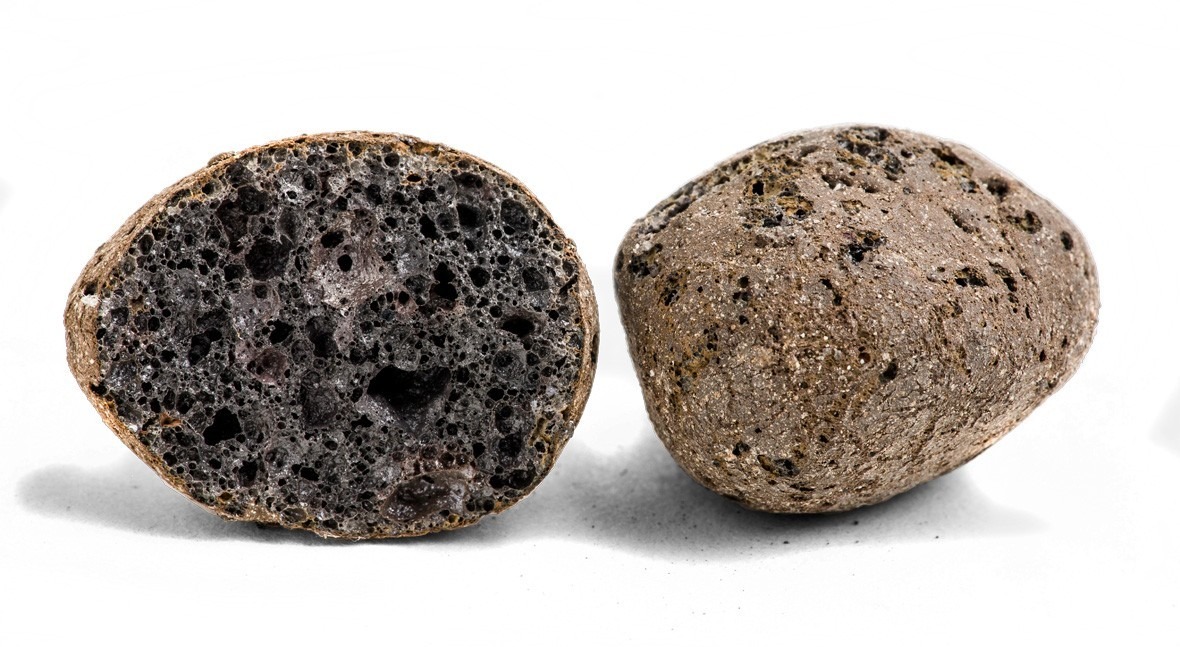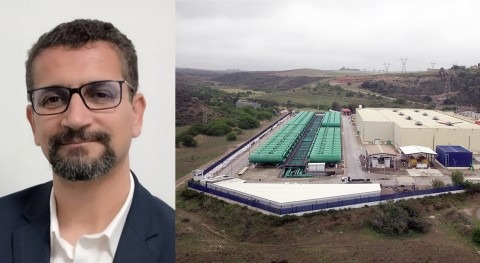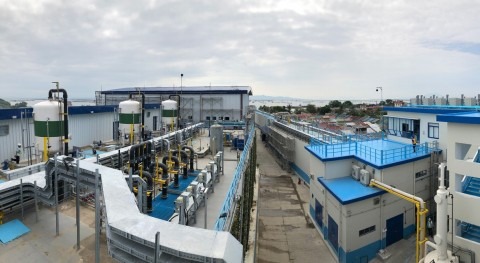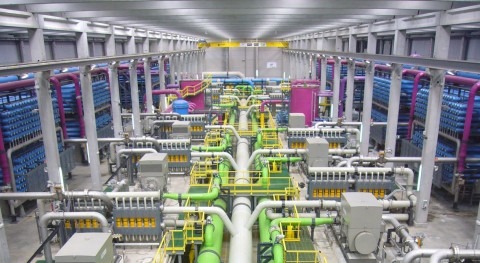One of the issues with waste water treatment is the generation of noxious odours. Hence, newly built plants and those in sensitive areas have installed odour treatment systems. For the most part, the compounds that cause odours come from biological digestion processes in the waste water treatment plant itself. Hydrogen sulphide (H2S) and mercaptans are the main culprits. Besides posing risks for the health of plant staff, these compounds are powerful corrosives.
Nordic countries approved strict odour regulations that apply to waste water treatment plants more than a decade ago, regulations which will be applied in Spain and Latin America in the short and medium term. Odour management has become an important environmental and economic challenge. In this regard, and practically since the start of the development of odour removal technology in Nordic waste water treatment plants, the Filtralite® Air media, using a trickling biofilter (biotrickling), provides an alternative to the limitations of existing technology.
Odour treatment technologies belong to one of two categories: physico-chemical (chemical washing or adsorption systems) and biological (biofilters and trickling biofilters). In Spain, the chemical approach — chemical washing and activated carbon — has been predominantly used, due to familiarity with the traditional chemical industry. Both solutions entail very high operating costs than make them unsustainable. As a result, in many cases operators are forced to leave odour removal systems out of service.
The Filtralite® Air media, using a trickling biofilter, provides an alternative to the limitations of existing technology
The data on the net present value (NPV) provided by several technical studies that compare technologies reveal that the chemical approach has annual operating costs that are between 250% and 450% higher than biological solutions. In contrast, the annual operating costs per installed treatment capacity of trickling biofilters in waste water treatment plants with the Filtralite® Air technology amount to about 1 €/m3h. This value is far lower than the 7 €/m3h of activated carbon. The availability of water from the secondary effluent of waste water treatment plants, with the nutrients it has, has made the Filtralite® Air trickling biofilter approach the system of choice in northern Europe. In terms of performance, the Filtralite® Air biofilter technology is particularly resilient to increases in H2S, unlike chemical solutions.
Choosing the right filter media is key for biofiltration. There are three essential factors to take into account, where Filtralite® Air stands out: availability of a large contact surface area, low head loss to filter large air volumes, and lastly, stability and durability through time.

Detail of Filtralite® Air's porous surface
Filtralite® Air is made up of granules of expanded clay material, highly porous and with a large specific contact area. In few words, it is the perfect carrier for biofilm growth. It is an industrial transformed product, whereby 5 m3 of final product are obtained from 1 m3 of raw material. This five to one ratio has a very positive impact on the product's life cycle; moreover, it is recyclable once its useful life has come to an end.
Traditionally, materials made of plant sources — usually forest industry by-products — have been used for air biofiltration in Spain and Latin America, in order to provide nutrients and organic matter. However, these products decompose very fast, leading to blockage, clogging and system collapse in a short period of time. As a result, the filling material needs to be replaced very frequently and the operating costs are extremely expensive. In contrast, the durability of Filtralite® Air, as a ceramic material, is guaranteed for more than 15 years.
In terms of use, the lightness of the material reduces the costs of construction, filling and replacement, because it can be pumped
In terms of use, the lightness of the material reduces the costs of construction, filling and replacement, because it can be pumped. That same property minimises as well the vertical and horizontal thrust of the filling, so that the biofilter walls do not have to be made of reinforced concrete.
Filtralite® Air, besides acting as a carrier for the formation of a biofilm, thanks to its surface composition has auto-catalytic properties that lead to the adsorption of contaminants, particularly H2S. The H2S adsorption starts from the first day, even before the biofilm is established. This optimises the start-up of the biofilter and also the fall in performance after the system is stopped. The structure of Filtralite® Air is made up of different metallic oxides that can adsorb H2S and other organic molecules. With appropriate humidity conditions and contact times, Filtralite® Air can be used for odour removal with a purely chemical approach, without a biofilm.
Filtralite® Air, thanks to its surface composition, has auto-catalytic properties that lead to the adsorption of contaminants
Filtralite® Air is used for air treatment in numerous waste water treatment plants in northern and central Europe, with plants that have been in operation for two decades, and a supporting history of operating costs and performance. One of the first sites where it was applied was the BEVAS waste water treatment plant (Oslo), treating 300.000 m3/day of urban waste water. The odour treatment system purifies using a filter approach (occasional moistening) more than 50.000 Nm3/hour with a biofilter that has a 500 m2 surface and a 1 metre deep filtration bed. BEVAS operates with a very high removal performance and minimum operating costs since 2001.
As a conclusion, Filtralite® Air is the most promising technology to remove odours in an economically sustainable manner in waste water treatment plants.










